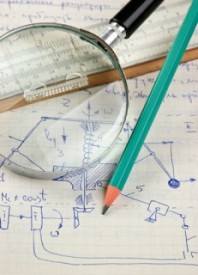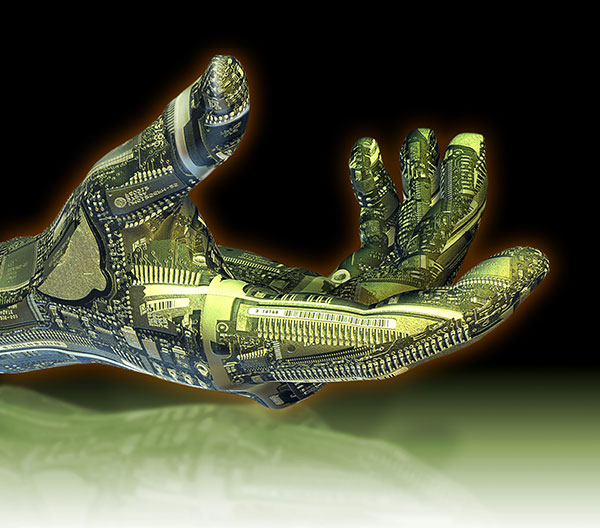Fields of competence

ROBOTNOR represents a unique synergy of academic and industrial expertise which allows us to counsel and comprehend a wide variety of tasks and projects. Our fields of competence are numerous and diverse.

The loss of a limb is a great limitation on the freedom of a person. Prosthetic systems attempt to return some of the functionality that was lost by mimicking natural human movement in a robotic system. The challenge lies in controlling the many degrees of freedom of the human limb. With advanced software and sensor technology, a prosthetic limb can switch between a variety of modes and eventually control multiple degrees of freedom at the same time. Fine motor control is necessary to be able to hold a glass without destroying it. Most prosthetic systems are controlled by EMG, measuring the electrical muscle signals. As the human body is a complex system, the interaction and response from sensors will be different when the limb is in different positions. To counteract this issue, advanced prosthetic systems can measure the configuration of the system and react accordingly. With the aid of prosthetic systems, life can be resumed when limbs are lost.